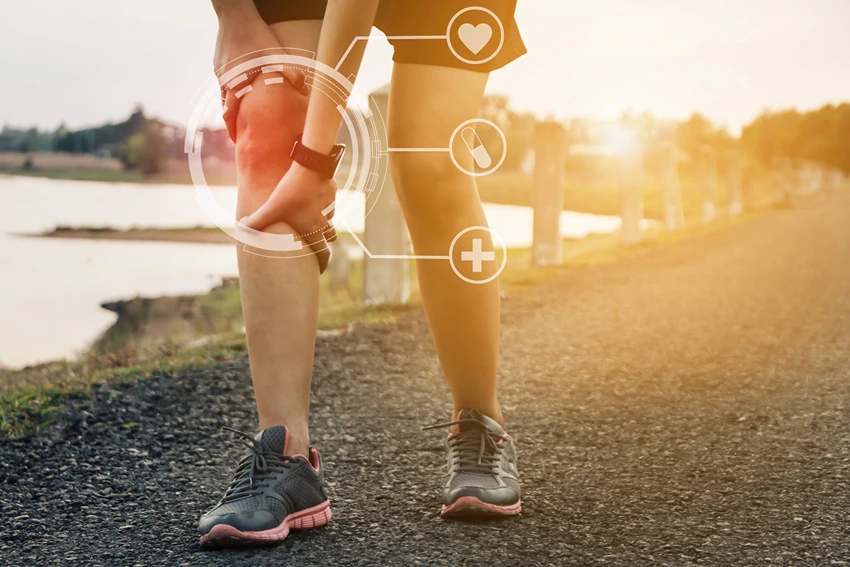Recovering strength after an injury isn’t just about healing; it’s about strategically regaining power and confidence. At Rac Women, we understand the intricacies of this journey and are here to guide you through each step.
In This Article
Understanding the Injury

Assessing the Damage
Before diving into recovery, it’s essential to assess the extent of the injury. This involves understanding the type of injury, the tissues affected, and the impact on mobility and strength.
Initial Evaluation
- Type of Injury: Is it a strain, sprain, fracture, or tear?
- Affected Tissues: Are muscles, tendons, ligaments, or bones involved?
- Impact on Mobility: What is the range of motion limitation?
- Strength Loss: How has the injury affected overall strength?
The Healing Process
The body’s natural healing process involves several stages, from the inflammatory response to tissue repair and remodeling. Understanding these can help set realistic recovery goals.
Stages of Muscle Repair
- Inflammatory Phase: The body’s initial response to injury, characterized by swelling and redness.
- Proliferation Phase: The rebuilding stage where new tissue formation begins.
- Remodeling Phase: The final stage where tissues regain strength and functionality.

Nutrition for Recovery
Fueling the Healing Process
Proper nutrition is a game-changer in post-injury strength recovery. It’s not just about eating healthily; it’s about choosing foods that actively support the healing process.
Essential Nutrients
- Protein: The building block of muscle repair.
- Vitamin C: Important for collagen formation.
- Omega-3 Fatty Acids: Help reduce inflammation.
Dietary Adjustments
Making the right dietary choices can significantly enhance the recovery process.
Nutrition Table
| Nutrient | Food Source | Benefit |
|---|---|---|
| Protein | Chicken, Fish, Legumes | Muscle repair |
| Vitamin C | Citrus Fruits, Bell Peppers | Collagen formation |
| Omega-3s | Salmon, Flaxseeds | Anti-inflammatory |

Physical Therapy and Rehabilitation
Restoring Movement and Strength
Physical therapy is a pillar of post-injury recovery, focusing on exercises that restore range of motion and rebuild strength without causing further injury.
Range of Motion Exercises
- Gentle Stretching: To maintain flexibility.
- Joint Mobilization: To improve joint function.
Strength Training Principles
- Isometric Exercises: To begin strengthening without movement.
- Progressive Overload: Gradually increasing resistance as strength improves.
Advanced Recovery Techniques
In the pursuit of regaining strength post-injury, advanced techniques can play a pivotal role. These methods are not just about physical recovery; they’re about optimizing the entire healing process.
Utilizing Technology
Modern recovery isn’t just ice packs and rest. It’s about leveraging technology to accelerate healing.
Technological Aids
- Electrical Stimulation: For muscle activation and pain relief.
- Ultrasound Therapy: To promote tissue healing at the cellular level.
Alternative Therapies
Exploring unconventional methods can sometimes offer additional benefits to the recovery process.
Complementary Treatments
- Acupuncture: For pain management and to stimulate healing.
- Hydrotherapy: Utilizing water resistance for gentle strength training.
Psychological Aspects of Recovery
The journey back to full strength is as much mental as it is physical. Addressing the psychological impact of injury is crucial for a holistic recovery.

Coping with the Mental Strain
Injuries can take a toll on mental health. It’s important to acknowledge and address feelings of frustration, anxiety, or depression that may arise.
Mental Recovery Strategies
- Mindfulness and Meditation: To manage stress and maintain focus on recovery.
- Goal Setting: To stay motivated and track progress.
Frequently Asked Questions
As experts in post-injury recovery, we at Rac Women often encounter a range of questions. Here are some of the most common ones, along with our insights.
Recovery time varies based on the injury’s severity, but a personalized plan can optimize it.
Yes, but with modifications and under professional guidance to avoid aggravating the injury.
Increased pain, swelling, or a decrease in function could indicate overexertion.
Ellen Crandall
Meet Ellen, your fitness compass in the world of athletics, training, and gym culture. With a commitment to well-being and a penchant for all things workout-related, Ellen is here to guide you on your journey to a healthier, fitter you. Join the fitness revolution, led by Ellen, and embrace the power of an active lifestyle.




